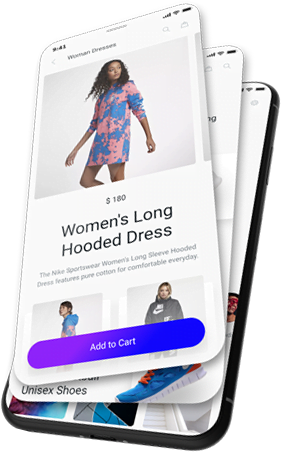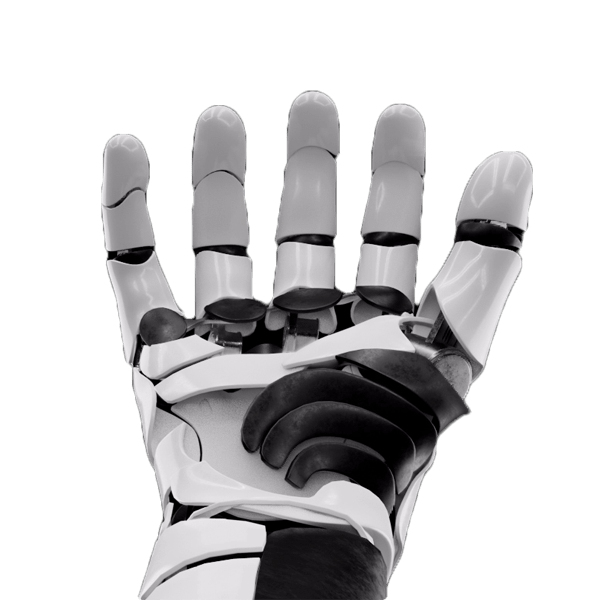Source: Vercel. (2025). State of AI – Q1 2025. Retrieved from https://vercel.com/state-of-ai#model-adoption-and-strategy
AI is no longer just for big tech. In 2025, it’s the small, agile teams that are building the most effective, business-ready AI applications. According to Vercel’s Q1 2025 State of AI report, lean development squads are shipping powerful AI products without heavy infrastructure or massive budgets.
So, what’s their secret?
They use what’s already out there
86% of teams aren’t training their own models.
Instead, they use ready-made LLMs (like OpenAI or Anthropic) and customize output using RAG (retrieval-augmented generation), vector databases, and smart data pipelines. The key is to get precise, reliable outputs—without the cost of training from scratch.
Tip: You don’t need a PhD in ML to use AI. Start with RAG, your own data, and tools like Vercel, LangChain, or AI SDKs.
Want help applying this to your business?
At Infinite Stair, we help startups and lean teams build high-impact AI features, without overbuilding or overspending.
Let’s chat about how to integrate AI the smart way.
They build on less than $1K/month
That’s right, most teams surveyed are running their AI workloads with less than $1,000/month in spend.
They avoid overbuilding by:
- Using cloud platforms for instant deployment (e.g., Vercel, AWS)
- Relying on TypeScript and lightweight frameworks
- Iterating fast with weekly model updates
“Infra isn’t a bottleneck anymore. Smart design is.”
Vercel report insight
They focus on product, not just chatbots
AI for the sake of AI is done. Today’s builders are integrating AI into the core product experience:
- 75% use AI to power product features
- Only 39% are still focused on chatbots
- 27% explore website personalization (an emerging frontier)
The real winners are asking:
How can AI solve a real customer problem today?
They stay flexible, not loyal
Even though OpenAI is the top provider (87% use it), 60% of teams switch LLM providers within 6 months.
Why? Because different use cases call for different strengths—latency, context size, pricing, or control.
The smart move: Design your architecture to avoid vendor lock-in.
They keep teams small but focused
Instead of hiring full AI teams, many organizations:
- Empower product teams with AI tools
- Allocate 5–15% of their tech budget to AI
- Focus on launching 1–2 high-impact use cases first
There’s a clear shift toward lean, integrated development over isolated AI teams.
Final takeaway
If you’re planning to bring AI into your product or operations, take it from the teams building real value:
- Use what’s available
- Stay light on infra
- Focus on problems, not hype
- Keep things modular and flexible
- Build for now, but design for what’s coming
AI is no longer the future, it’s the present. And small teams are proving you don’t need a massive budget to win with it.





